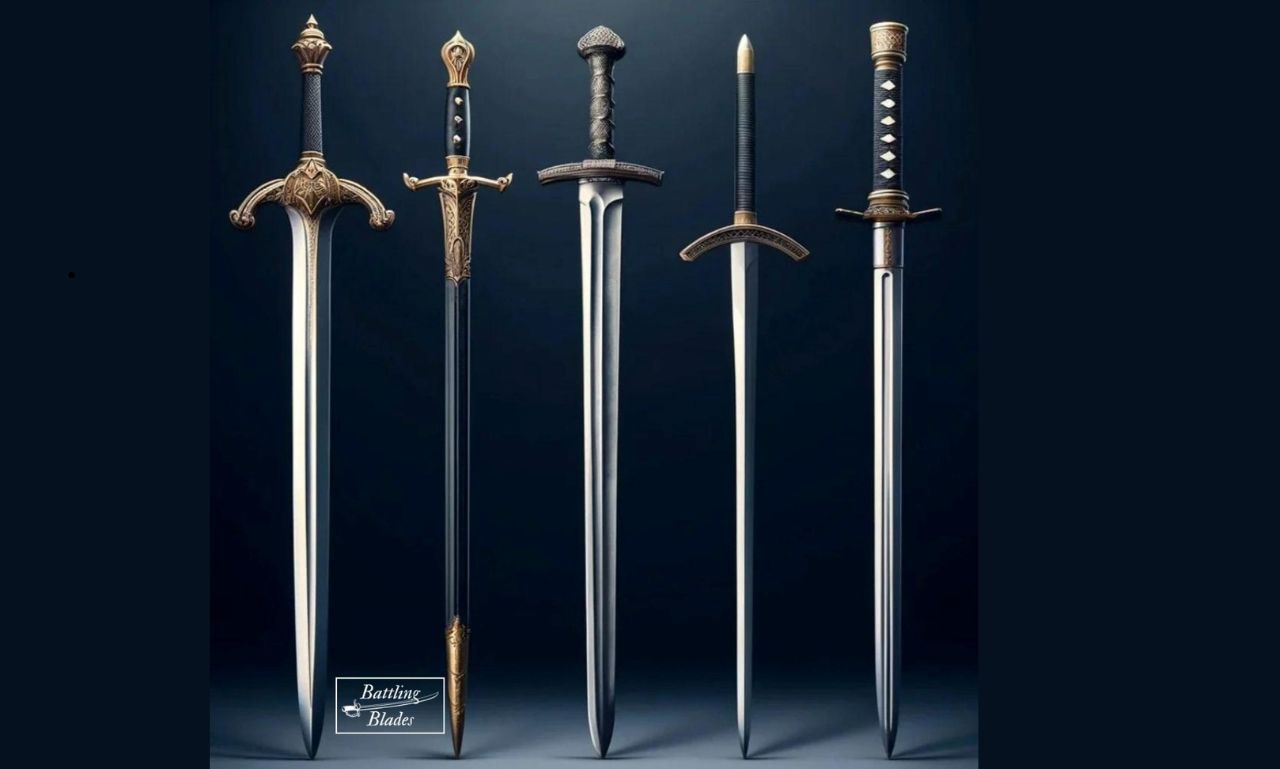The sword is not just an object; it is much more than that. It deserves care and attention. If you have recently purchased a Sword or already own one, you must care and maintain it so that it can last long. If you do not maintain it properly, it can lose its beauty and worth due to corrosion. Keep reading to get insight into maintaining your valuable sword and keep it in good condition by learning the tips covered in this blog!
Significance of Sword Maintenance
If you wish to preserve the sword for a long time, you must follow the maintenance process correctly. If you do not follow them, it could lead to serious damage to the sword. The following are a few reasons for the significance of maintaining swords care:
- Sword maintenance is essential since mishaps caused by defective sword parts may cause severe physical harm or even death.
- If you neglect the maintenance of your sword, it can lose quality and functionality.
- For perfect sword safety, replace a broken sword part to keep it operational at all times. If you do not replace the damaged pieces, the sword eventually loses its entire functionality, increasing the possibility of accidents.
- Maintaining a sword will increase its lifespan and ultimately result in cost savings.
How to Care For Your Sword?
Care is necessary but it is critical to comprehend the components and design of your sword. Look at these maintenance tips:
Cleaning Your Sword:
Whether you are going to buy a sword for sale or already have one, remember that its care begins with routine cleaning. Moisture, dust, and fingerprints can cause corrosion.
- Check out if you can disassemble your sword or not. If yes, remove the blade from the handle carefully. It enables you to clean each part thoroughly.
- You can also utilize a slightly damp cloth, but make sure that the blade is thoroughly dried afterward to prevent rust.
- If you want to protect the blade from moisture and corrosion, apply a thin layer of sword oil or light mineral oil. These oils will form a barrier that keeps rust away. Use only oil made especially for swords; other oils could include substances that harm the blade.
- To clean the handle and scabbard, utilize a dry cloth. Is the handle of your sword made of leather or wood? Use the best conditioners to maintain the material’s elegance. Using this technique, you can also prevent cracking.
Preventing Rust and Corrosion:
Swords are most in danger of rust, especially those composed of high-carbon steel. The stainless steel ones are not resistant to rust; extended exposure to moisture can cause it. The following tips can help keep rust and corrosion away:
- Your sword will rust more quickly if it is kept in a wet or humid environment. For storing swords, a climate-controlled environment is best.
- To absorb extra moisture, add a silica gel packet to the storage box or scabbard. This is especially important if you live in a region with a lot of moisture.
- Frequently check that there is no rust or corrosion on your sword. When applying oil to the blade, promptly eliminate any rust that may have formed using fine steel wool or a rust eraser.
Sharpening Your Sword:
It is a very complex process that requires accuracy. Here is how you can do it:
- You can use a whetstone or sharpening stone designed for fine edges to sharpen your sword. Start with a coarse grit to reshape the edge, and then use a finer grit to hone it to a razor-sharp finish.
- The key to effective sharpening is maintaining a consistent angle, typically between 20 to 30 degrees. This ensures that the edge is even and sharp.
- Take your time when sharpening your sword. Rushing the process can result in an uneven edge or even damage to the blade.
Storing Your Sword:
The lifespan of your sword can be greatly affected by how you store it.
- Put it on a stand or rack that supports the blade and keeps it off the ground. This prevents the sword from coming into contact with moisture or other damaging elements.
- While leather scabbards are aesthetically pleasing, they can trap moisture against the blade, leading to rust. If you store your sword in a scabbard, remove it periodically to check for moisture and reapply oil.
- When storing your sword, keep it in a horizontal position to prevent the blade from bending or warping. This is especially important for longer swords.
Displaying Your Sword:
If you bought a sword for sale to display at your home, it is crucial to do it in a way that reduces exposure to the elements if you decide to do so.
- Prolonged exposure to direct sunlight can cause the blade and handle materials to deteriorate over time. Display it in a shaded area or use UV-protective glass for display cases.
- Dust it and the display area regularly to prevent dirt buildup. Use a soft, dry cloth to gently wipe down the sword without scratching the surface.
- A display case can protect your sword from dust, moisture, and accidental damage. Choose a case with good ventilation to prevent humidity buildup inside.
Handling Your Sword:
The maintenance of swords is also influenced by how you handle it. You can keep your blade in perfect shape and avoid damage by using the right handling practices.
- Oils and dirt from your hands can transfer to the blade, leading to corrosion. Always handle your sword with clean hands, or wear gloves to protect the blade.
- If you’re using your sword for practice or display, avoid striking objects with excessive force. This can cause chips, dents, or even break the blade.
- When sheathing your sword, do so slowly and carefully to avoid scraping the blade against the scabbard, which can dull the edge.
Conclusion
Swords have still a meaningful place today. If you want it to last long, you must care for it properly. The tips mentioned in this blog will help you keep your sword in great condition for several years.
No matter whether you are a practitioner, collector, or just a fan, paying attention to its maintenance is a worthwhile investment. Furthermore, if you are looking for the best sword for sale, visit Battling Blades today. Check out their selection now!












